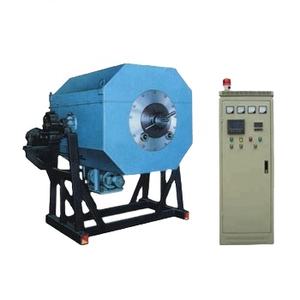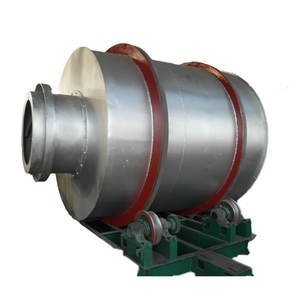415 volts refers to a specific standard three-phase alternating current (AC) electrical supply voltage widely utilized to power heavy industrial machinery globally. This voltage level represents the nominal line-to-line voltage measured between any two phases in a three-phase system. The corresponding line-to-neutral voltage in a standard wye-connected system is typically 240 volts. This configuration is a cornerstone of industrial electrical distribution due to its inherent advantages for driving high-power equipment efficiently and economically. Understanding 415 volts is crucial for mechanical engineers involved in the specification, installation, operation, and maintenance of heavy machinery.
(what is 415 volts heavy machinery)
The adoption of 415 volts as a standard industrial voltage stems from fundamental electrical engineering principles related to power transmission and motor operation. For a given power requirement, higher voltage allows for lower current flow. This relationship is governed by the equation Power (P) = Voltage (V) x Current (I) x Power Factor (PF) for AC systems. Lower current offers significant benefits critical for heavy machinery applications. Firstly, it substantially reduces resistive power losses (I²R losses) in cables and connections, improving overall system efficiency. Secondly, lower current permits the use of smaller cross-sectional area conductors and associated components like circuit breakers and contactors, leading to considerable cost savings in cabling and switchgear, especially over long cable runs common in factories and plants. Thirdly, it minimizes voltage drop over distance, ensuring machinery receives voltage closer to the nominal rating for optimal performance.
Heavy machinery powered by 415 volts encompasses a vast array of equipment fundamental to manufacturing, processing, mining, construction, and material handling. Common examples include large industrial electric motors driving pumps, compressors, fans, conveyors, mixers, crushers, and extruders. Machine tools such as CNC machining centers, lathes, milling machines, and large presses frequently operate on 415V. Material handling systems like large cranes, hoists, and automated guided vehicles rely on this voltage. Industrial process equipment, including large ovens, furnaces, chillers, and welding machines, also commonly utilize 415V three-phase power. The defining characteristic of this machinery is its substantial power demand, often ranging from tens to thousands of kilowatts, making the efficiency gains of 415V operation essential.
From a mechanical engineering perspective, the 415V supply directly impacts machine design and selection. Motors are the primary consumers of this power. Three-phase induction motors operating at 415V are preferred for heavy machinery due to their robustness, reliability, simplicity, high starting torque, and efficiency compared to single-phase alternatives. The motor’s power rating, speed, torque characteristics, and enclosure type must be carefully matched to the driven load and operating environment. The electrical supply dictates requirements for motor starters, variable frequency drives (VFDs) for speed control, and protection devices integrated into the machine’s control system. Mechanical engineers must collaborate closely with electrical engineers to ensure the power system design, including transformers, distribution panels, and cabling, is adequately sized for the connected machinery loads, considering starting currents and potential future expansion.
Safety is paramount when dealing with 415V heavy machinery. This voltage presents a severe risk of electric shock and arc flash incidents, which can cause fatal injuries or catastrophic equipment damage. Strict adherence to electrical safety standards and regulations is non-negotiable. This includes implementing proper lockout/tagout (LOTO) procedures before any maintenance or repair work, ensuring adequate machine guarding to prevent accidental contact with live parts, utilizing appropriately rated personal protective equipment (PPE) like arc-flash suits, and providing comprehensive training for all personnel working on or near energized equipment. Regular inspection and preventive maintenance of electrical components, connections, and grounding systems are critical to ensure ongoing safe operation and prevent insulation degradation or connection failures that could lead to hazards.
(what is 415 volts heavy machinery)
In conclusion, 415 volts is the prevalent high-voltage three-phase standard powering heavy industrial machinery. Its selection is driven by the compelling advantages of reduced current flow: lower energy losses, smaller conductor sizes, reduced voltage drop, and overall cost-effectiveness for high-power applications. Mechanical engineers must possess a solid understanding of this voltage standard, its implications for motor selection and machine integration, and the critical safety protocols required. Specifying, installing, operating, and maintaining 415V machinery demands rigorous attention to electrical safety standards and collaboration with electrical professionals to ensure reliable, efficient, and above all, safe industrial operations.


